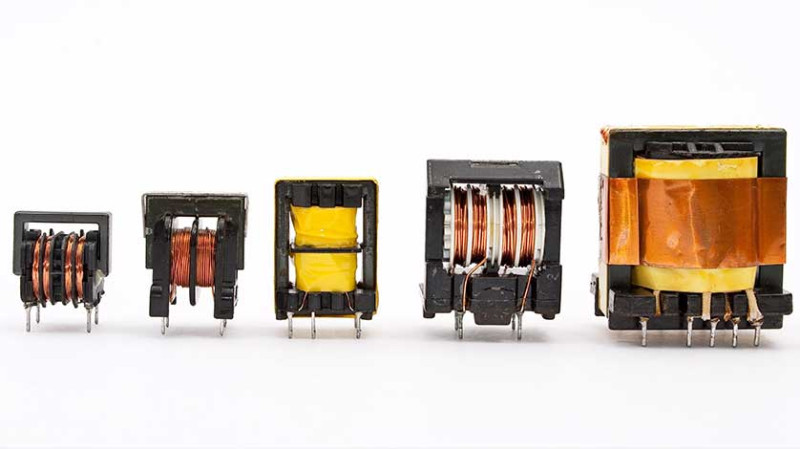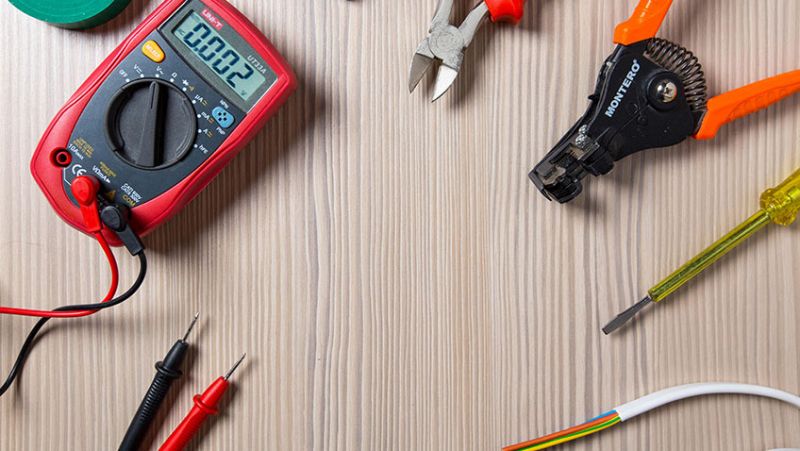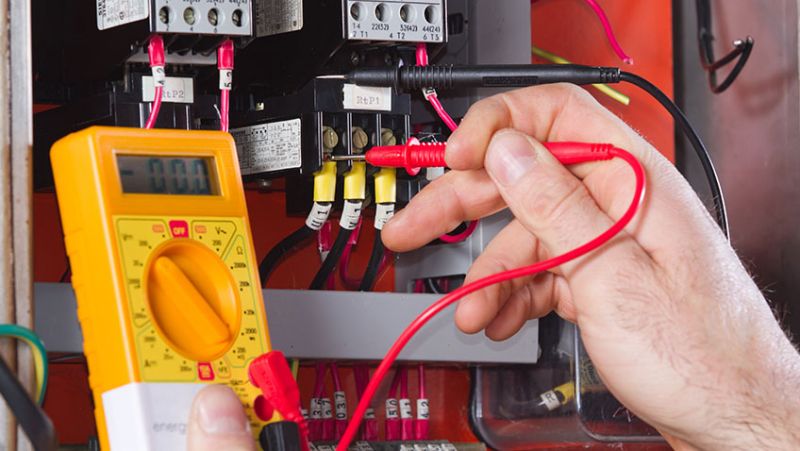
If you've ever wondered how electricity seamlessly flows through your home, powering everything from the kettle to the computer, you're not alone. One critical but often overlooked component in electrical systems is the transformer. Whether you're a DIY enthusiast adding some outdoor lighting, a homeowner upgrading your electrical supply, or an architect working on a new development, understanding the basics of transformers could save you a lot of hassle down the line.
In this blog post, we’ll demystify what transformers are, explain how they function, and break down how electricians in the UK typically size them for residential and commercial installations. So even if you’re not an electrician, you’ll walk away with a solid understanding of this essential piece of electrical infrastructure.
What Is a Transformer?
A transformer is an electrical device that transfers energy between two or more circuits through electromagnetic induction. In simpler terms, transformers change the voltage level of electricity to make it suitable for its required purpose — whether it’s stepping down voltage to safely power a light fitting or stepping it up for transmission across long distances.
Transformers play a crucial role in both residential and commercial electrical systems. They ensure that electrical appliances receive the correct voltage and current to function safely and efficiently. Without transformers, common household equipment would either be underpowered or dangerously overpowered.
In the UK, the National Grid delivers high-voltage electricity, which must be stepped down at different stages before reaching your sockets. Local distribution transformers, which are often mounted on poles or placed in cabinets near your home, reduce voltage to a safe level for domestic use.
Transformers can be found inside many devices too. For example, the small black box on your phone charger or LED low-voltage lighting circuit has a miniature transformer inside. Their job is to shield you — and your electronics — from surges and unsafe voltage levels.
How Do Transformers Work?
Transformers work based on a principle called electromagnetic induction, discovered by Michael Faraday in the 1830s. When alternating current (AC) flows through the primary coil, it generates a changing magnetic field. This magnetic field then induces a current in a secondary coil placed nearby, without the coils physically touching. The clever bit is that by varying the number of windings in each coil, a transformer can increase or decrease voltage.
In this process, there are two main parts: the primary winding (connected to the power source), and the secondary winding (connected to the load). If the secondary has fewer turns than the primary, the transformer "steps down" the voltage. If it has more turns, it "steps up" the voltage.
The mathematical relationship that drives this is:
Secondary Voltage / Primary Voltage = Number of Turns in Secondary / Number of Turns in Primary
For instance, if the primary coil has 1,000 windings and the secondary has 100, then a 230V supply would be stepped down to 23V — perfect for low-voltage applications such as LED garden lights.
It’s worth noting that transformers only work on AC (alternating current), not DC (direct current). This is why transformer-based equipment won’t work unless it’s powered from an AC source, like the UK mains supply.
Why Are Transformers Important in UK Homes and Properties?
In UK properties, the safe and reliable distribution of power depends heavily on transformers. The typical mains voltage arriving at domestic properties is around 230V, but many applications require lower voltages. For example, under-cabinet kitchen lighting may need just 12V. A transformer makes this possible.
They’re also key components in heating systems, doorbells, ventilation systems, and charging stations for electric vehicles. Modern EV chargers often incorporate built-in transformers to manage power delivery and ensure safety standards are met.
Architects and designers specifying electrical systems in homes or commercial buildings must account for transformers when planning lighting layouts, control systems, or power delivery in sensitive or specialist areas.
In addition, energy efficiency legislation and UK building regulations often require low-voltage lighting or devices in wet areas (such as bathrooms or outdoor locations), which means transformers are part of compliance as well as function.
How Do Electricians Size a Transformer?
Choosing the right transformer size is crucial for safety, performance, and longevity. A transformer that’s too small will overload and fail; one that’s too large may be inefficient and unnecessarily expensive.
Electricians determine the correct transformer size based on several key factors including load type, power requirements, and operating environment. Luckily, there’s a well-established method for sizing a transformer, and it usually starts with calculating the required power in volt-amperes (VA) or kilovolt-amperes (kVA).
Key Parameters Electricians Consider:
- Total Load: The sum total of watts (W) or VA to be supplied.
- Load Type: Resistive (like heaters), inductive (like motors), or a mix. Inductive loads may require a larger transformer due to inrush currents.
- Voltage Levels: Input (primary) and output (secondary) voltages must be clearly specified.
- Diversity Factor: Not all connected loads operate at the same time, allowing some leeway in capacity planning.
- Ambient Conditions: High temperatures or confined spaces may reduce a transformer’s rating.
Transformer Sizing Formula:
kVA = (Load Voltage × Load Current) / 1000
For example, if you're installing a transformer to power a lighting system requiring 100A at 230V, the equation would look like this:
kVA = (230 × 100) / 1000 = 23 kVA
That means a transformer with a minimum rating of 23 kVA is needed — though electricians might round up to 25 kVA for safety and future scalability.
Here’s a quick reference table commonly used by electricians in the UK:
| Load Current (A) | Voltage (V) | Required Transformer Size (kVA) |
|---|---|---|
| 10 | 230 | 2.3 |
| 20 | 230 | 4.6 |
| 50 | 230 | 11.5 |
| 100 | 230 | 23 |
| 200 | 230 | 46 |
Common Types of Transformers Used in Homes and Small Businesses
There are various types of transformers that electricians, specifiers, and homeowners in the UK might come across. Here are the most common examples:
- Step-Down Transformers: Used to drop voltage to levels suitable for lighting, chargers or small appliances.
- Toroidal Transformers: Compact, efficient and commonly used in AV equipment or low-voltage lighting.
- Isolation Transformers: Used to separate circuits and reduce risk of electric shock, common in bathrooms.
- Auto-Transformers: Smaller and cheaper, but without electrical isolation — more common in industrial scenarios.
Most consumer-grade or residential transformers are now integrated with modern safety features, including thermal cut-offs and overload protection, to comply with current UK wiring regulations (BS 7671).
Final Thoughts
Understanding transformers is essential whether you’re designing an energy-efficient lighting layout, retrofitting an old property, or simply replacing your doorbell system. Knowing how they work, why you need them, and how sizing is determined can make your project safer, smoother, and more compliant with UK standards.
Professional electricians have the training and tools to size and install transformers correctly, but if you're taking a hands-on DIY approach, it’s still crucial to get familiar with the basics. Consider speaking to a qualified installer before connecting any transformer-based system to your home’s mains supply.
Whether it’s a designer lighting project or a new kitchen, the humble transformer is more integral than you might think!





